Crate training is one of the most effective ways to help your puppy feel safe and secure while also teaching them good habits. If you’re wondering about the best way to crate train a puppy, you’re in the right place! This step-by-step guide will walk you through everything you need to know, from choosing the right crate to making it a positive experience for your furry friend.
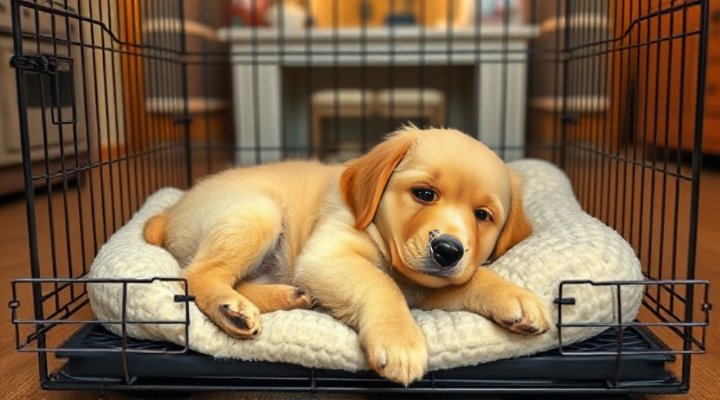
Why Crate Training is Important for Puppies
Crate training provides numerous benefits for both puppies and their owners. For puppies, a crate becomes their den—a safe space where they can relax and feel secure. For owners, it helps with housebreaking, prevents destructive behavior, and makes travel safer. In other words, a well-trained puppy who loves their crate is a happier and better-behaved pet.
Above all, crate training should never feel like punishment. The goal is to make the crate a comforting place your puppy willingly goes to. If you’re also working on potty training, crate training can significantly speed up the process.
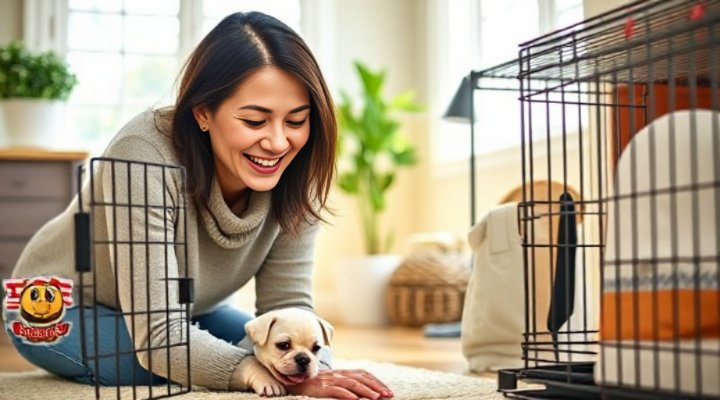
Choosing the Right Crate for Your Puppy
The first step in the best way to crate train a puppy is selecting the right crate. There are several types to choose from:
- Wire Crates: These are durable, well-ventilated, and often come with dividers to adjust the size as your puppy grows.
- Plastic Crates: Great for travel and provide a more enclosed, den-like feel.
- Soft-Sided Crates: Lightweight and portable, but not ideal for chewers.
Meanwhile, size matters! The crate should be big enough for your puppy to stand, turn around, and lie down comfortably—but not so large that they can use one end as a bathroom. If you’re unsure, check out our guide on how to choose the right puppy crate.
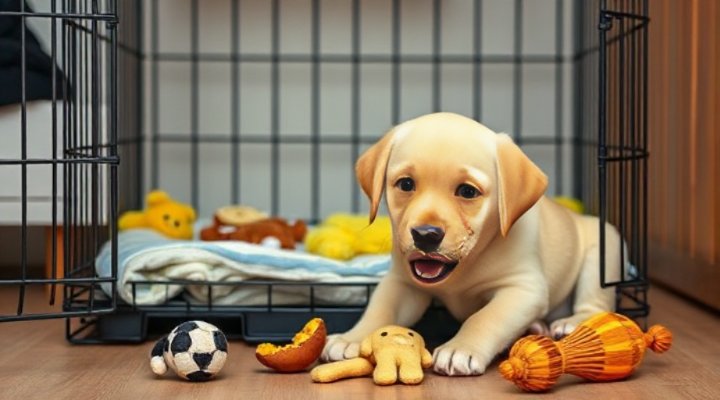
Step-by-Step Guide to Crate Training Your Puppy
Step 1: Introduce the Crate Gradually
Start by placing the crate in a common area where your puppy spends time. Leave the door open and let them explore it on their own. You can toss treats inside to encourage curiosity. For example, drop a few kibble pieces near the entrance, then just inside, and eventually all the way in.
Step 2: Create Positive Associations
Feed your puppy their meals near the crate, then gradually move the bowl inside. Additionally, use treats and praise to reinforce that the crate is a happy place. A great trick is to give them a special chew toy or clicker training treats only when they’re in the crate.
Step 3: Start Closing the Door Briefly
Once your puppy is comfortable going inside, close the door for short periods while you’re nearby. Gradually increase the time, but always stay calm and reassuring. If they whine, wait for a quiet moment before opening the door—this teaches them that patience is rewarded.
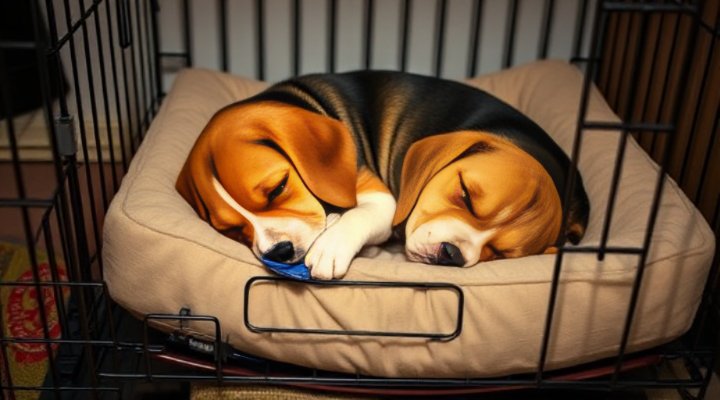
Step 4: Extend Crate Time Gradually
After your puppy is okay with short periods, start leaving the room for a few minutes. Then, slowly increase the duration. Most importantly, never make a big fuss when leaving or returning—this helps prevent separation anxiety.
Step 5: Overnight Crate Training
At night, place the crate in your bedroom so your puppy doesn’t feel isolated. If they whine, take them out for a quick bathroom break, then return them calmly. Over time, they’ll learn to sleep through the night.
Common Crate Training Mistakes to Avoid
- Using the Crate as Punishment: This creates negative associations and defeats the purpose.
- Leaving the Puppy Too Long: Puppies can’t hold their bladders for extended periods.
- Ignoring Whining: While you shouldn’t reward whining, always check if they need a bathroom break.
If you’re struggling, consider consulting a private dog trainer for personalized help.
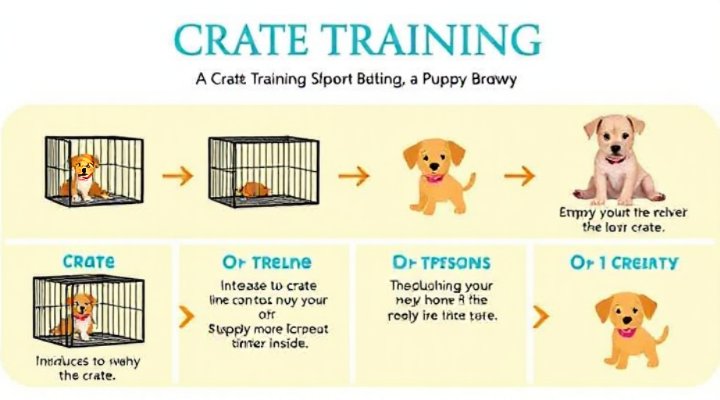
Final Thoughts
Crate training, when done correctly, is one of the best ways to crate train a puppy and set them up for success. Remember, patience and consistency are key. Soon enough, your pup will see their crate as their own little safe haven.
Related Keywords: crate training puppy, how to crate train a puppy, puppy crate training tips, best crate for puppy, crate training guide
